The first indication of changing times at Chrysler came with the 1951 development, and enthusiastic reception, of the authoritative, hemispheric-head V-8 engine. The soon-to-be legendary HEMI combined better combustion, higher compression and lower heat loss to create much more horsepower than previous V-8s. The 1951 Chrysler Firepower engine was the first generation Hemi, a groundbreaking engine that marked a new era for Chrysler and the automotive industry.
The Firepower was also Chrysler’s first overhead valve V8 engine, replacing previous flathead designs. The initial 1951 version had a displacement of 331 cubic inches (5.4 liters) producing 180 horsepower, making it the most powerful American production car engine available at the time. This was a significant advantage over competitors, like the Cadillac V8, which was rated at 160 hp. In 1951, the Chrysler FirePower engine — quickly dubbed the HEMI for its hemispherically shaped combustion chambers — knocks all the other modern V-8 engines back. On the strength of the HEMI, Chrysler returns to Le Mans as the power for Briggs Cunningham’s specials.
The 331 Firepower engine was used in various Chrysler models from 1951 to 1955, including the New Yorker, Imperial, and Saratoga.
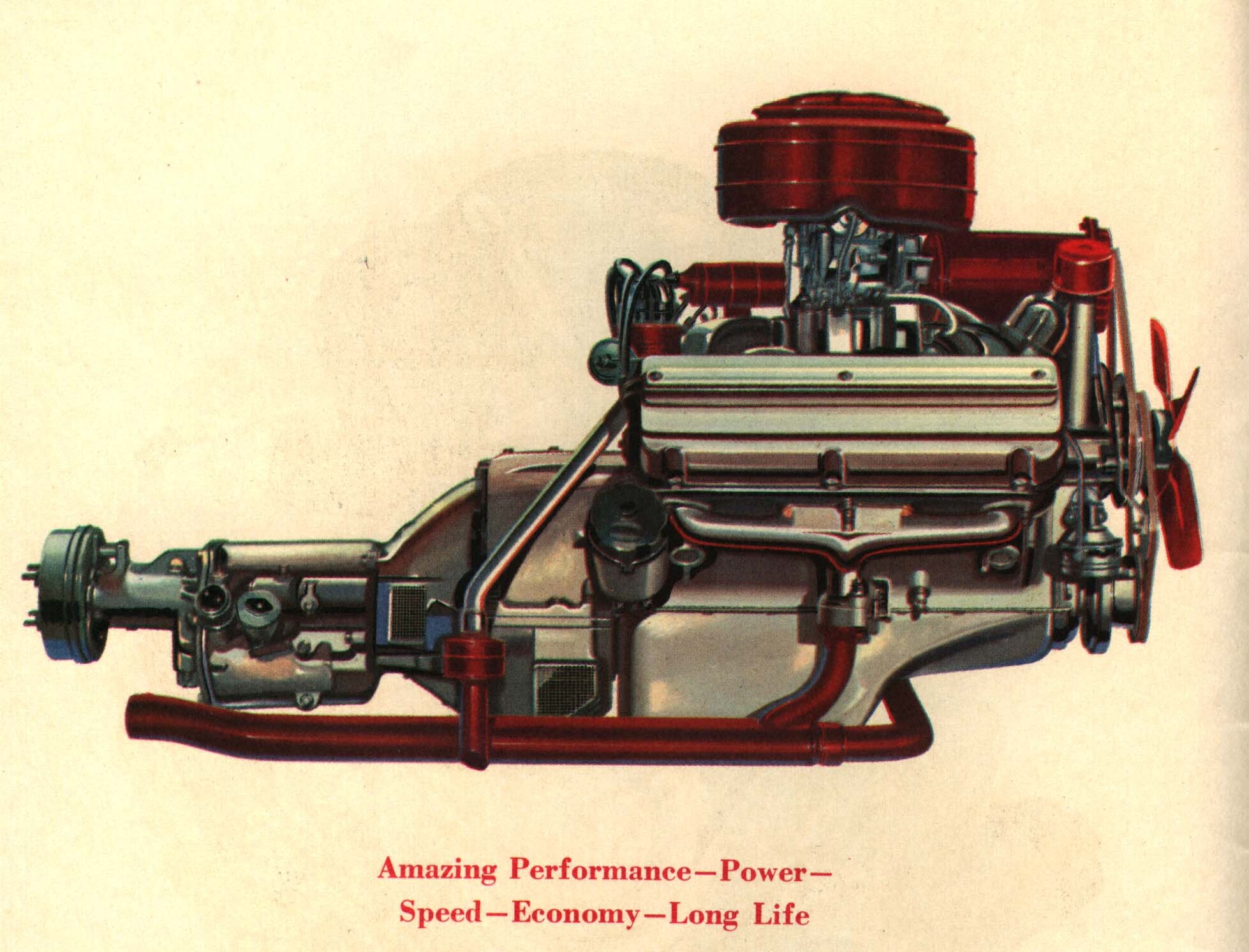
1951 Chrysler FirePower HEMI V8
| Specification | Detail |
|---|---|
| Engine Name | Chrysler FirePower |
| Configuration | 90° V8, OHV |
| Displacement | 331 cubic inches (5.4 liters) |
| Horsepower | 180 hp @ 4,000 rpm |
| Torque | ~312 lb-ft @ 2,000 rpm |
| Compression Ratio | 7.5:1 |
| Fuel System | Carter 4-barrel carburetor |
| Valvetrain | Solid lifters, hemispherical combustion chambers |
| Bore x Stroke | 3.81 in × 3.63 in |
| Block Material | Cast iron |
| Weight (est.) | ~729 lbs |
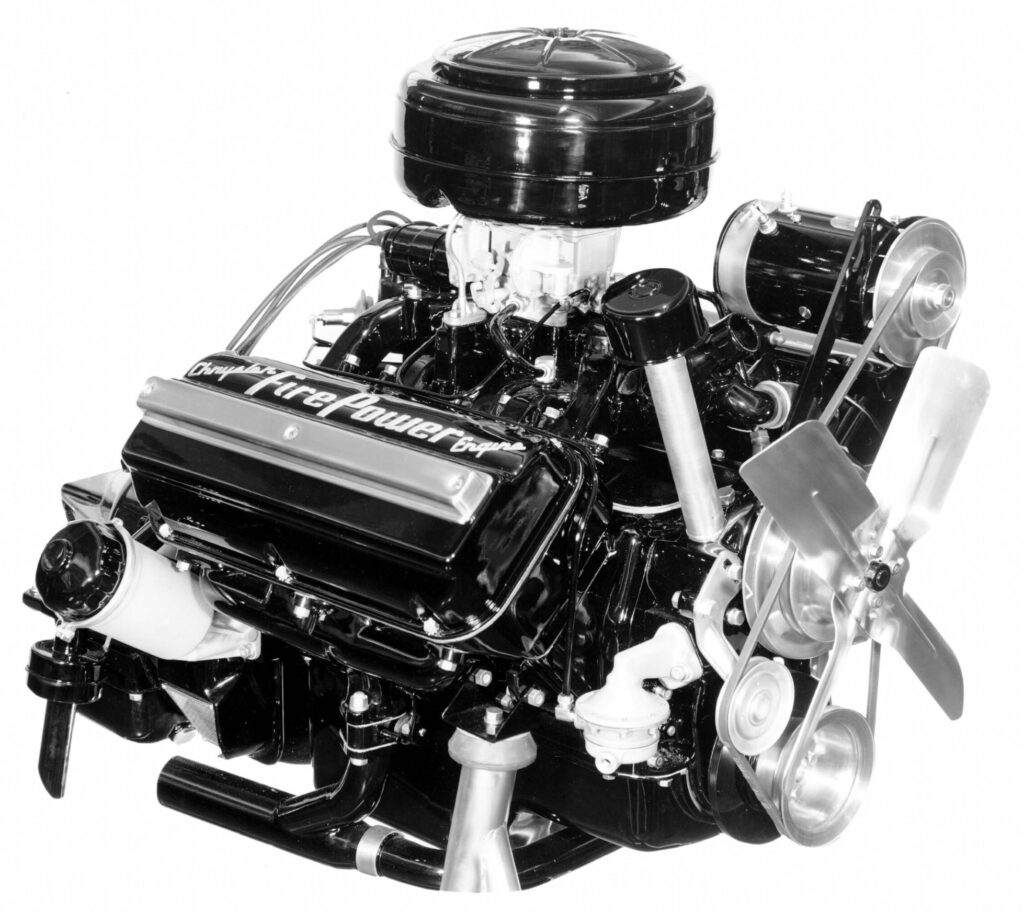
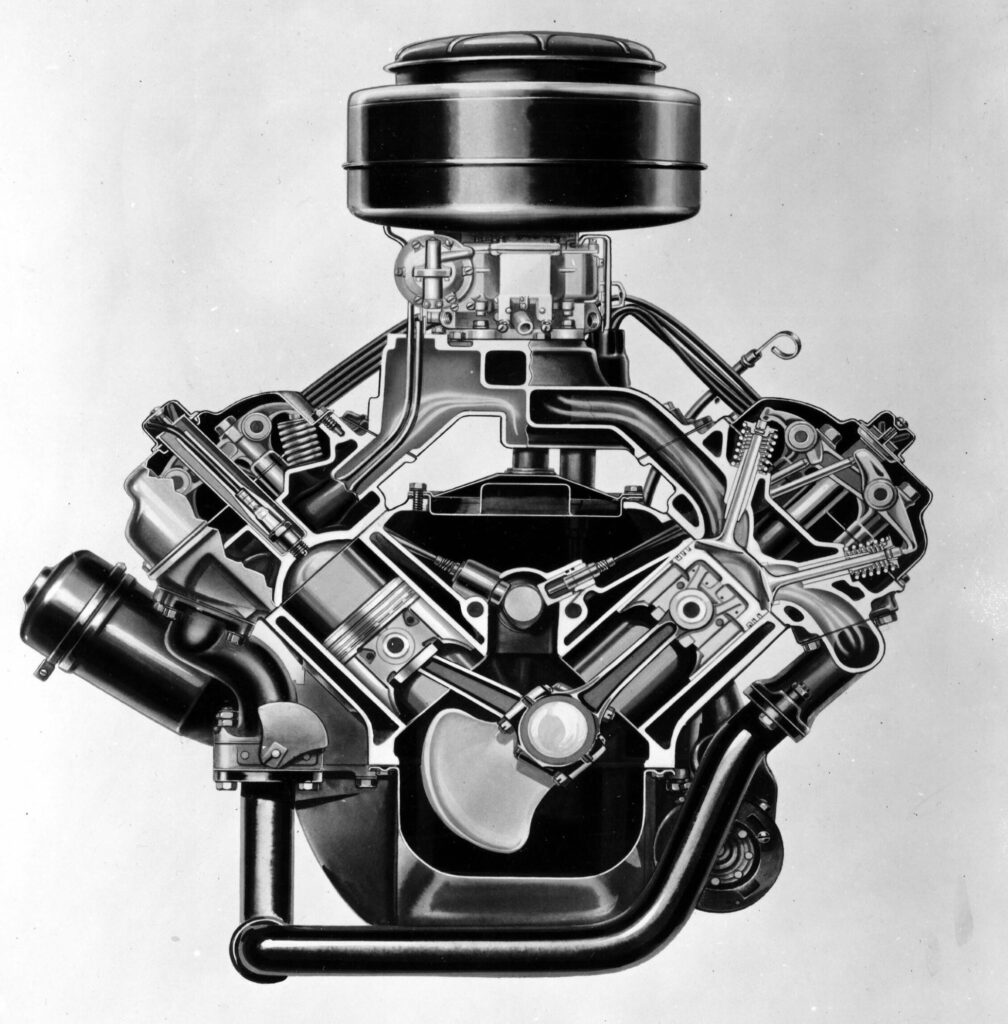
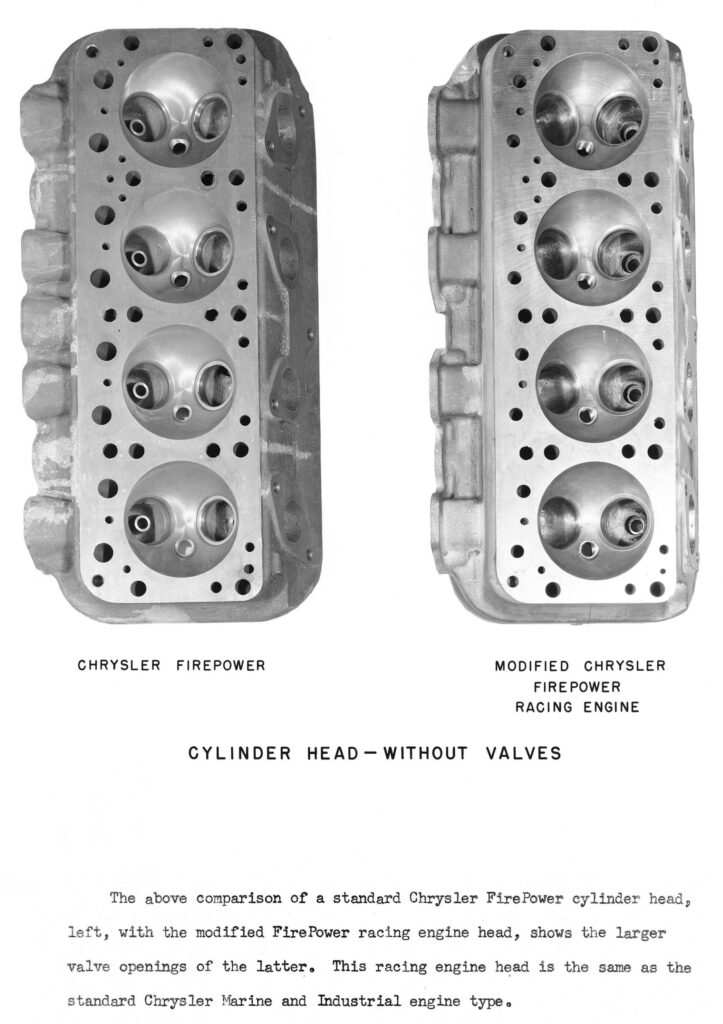
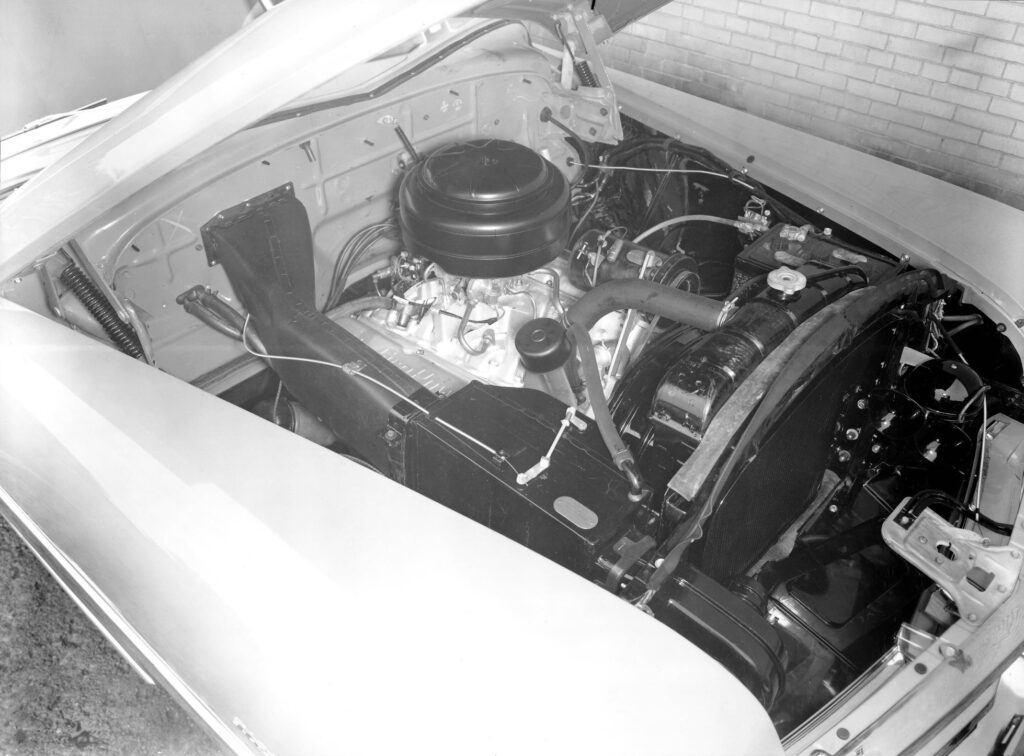
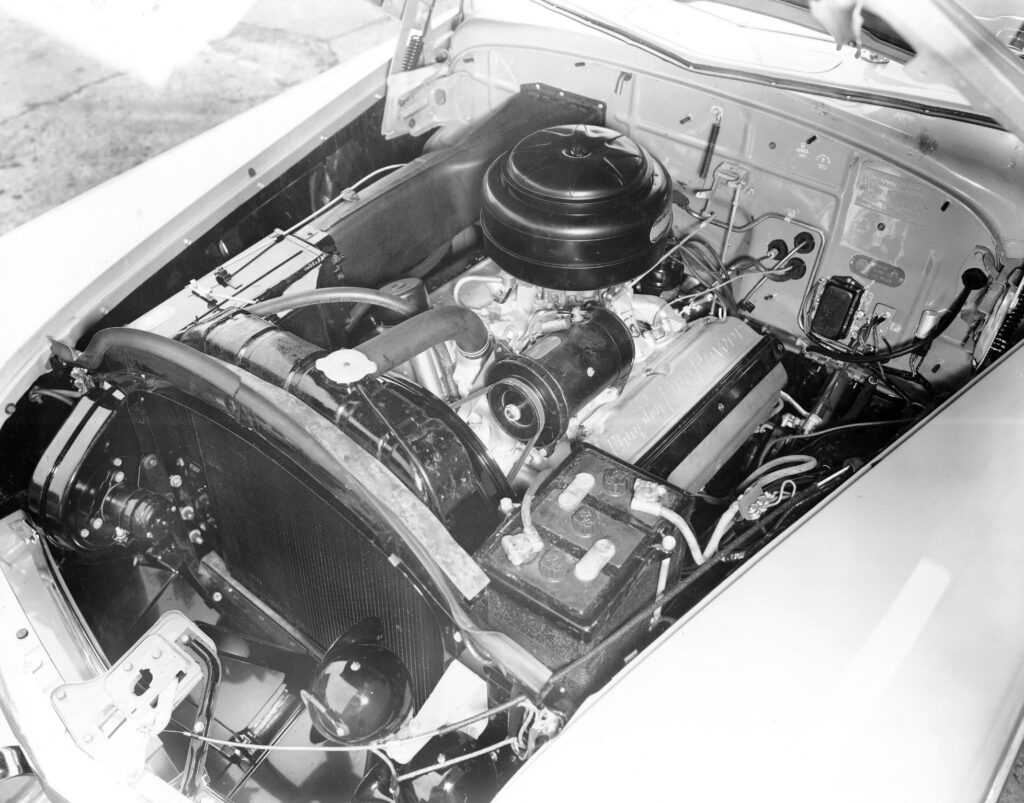
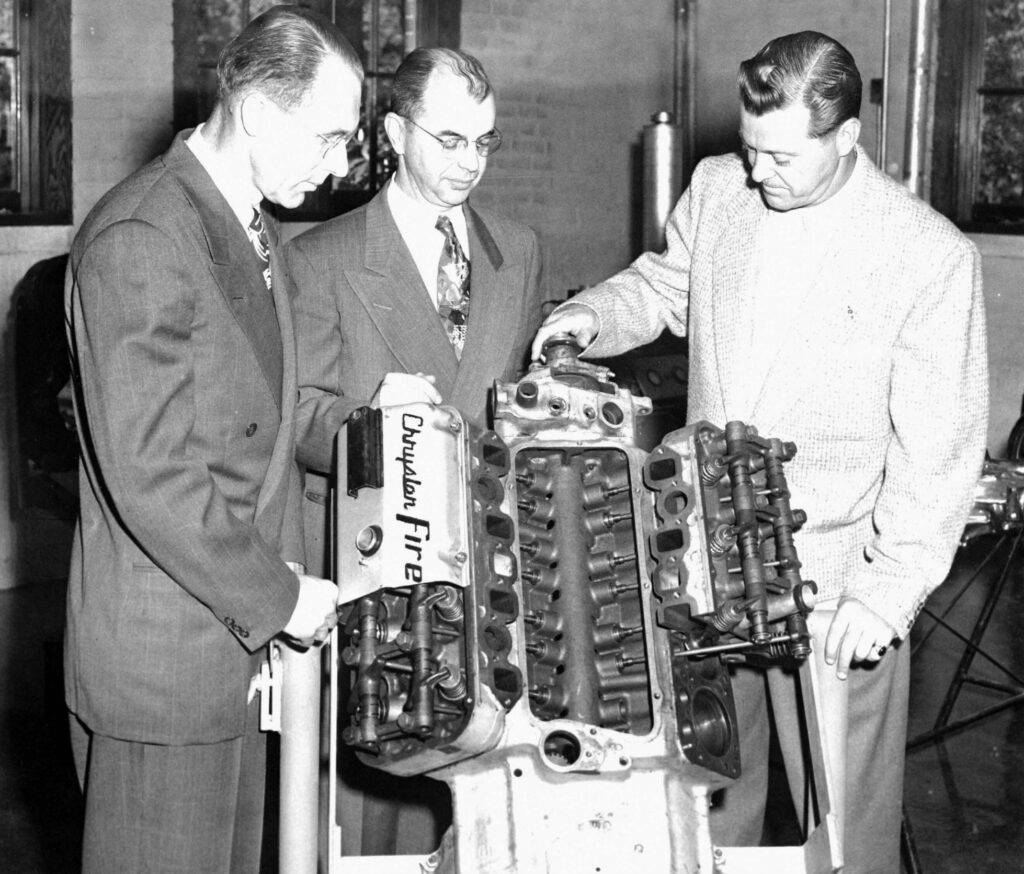
Cutaway of the 1951 Chrysler FirePower HEMI V8

You must be logged in to post a comment.